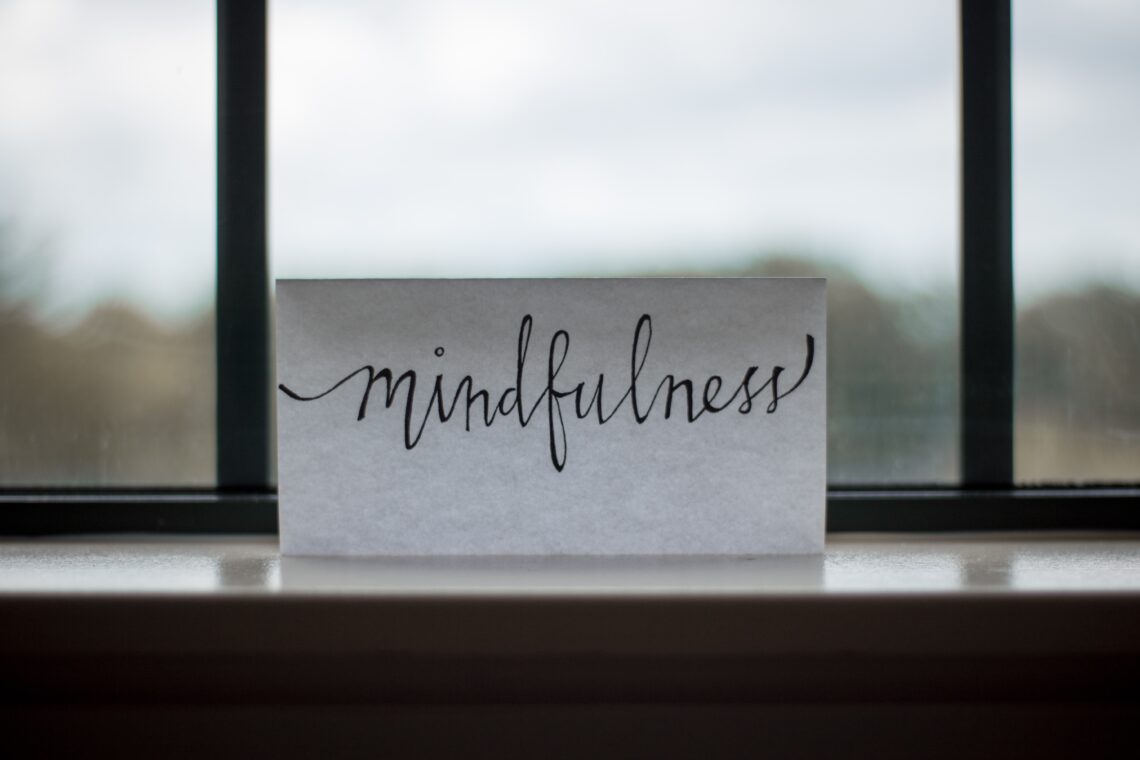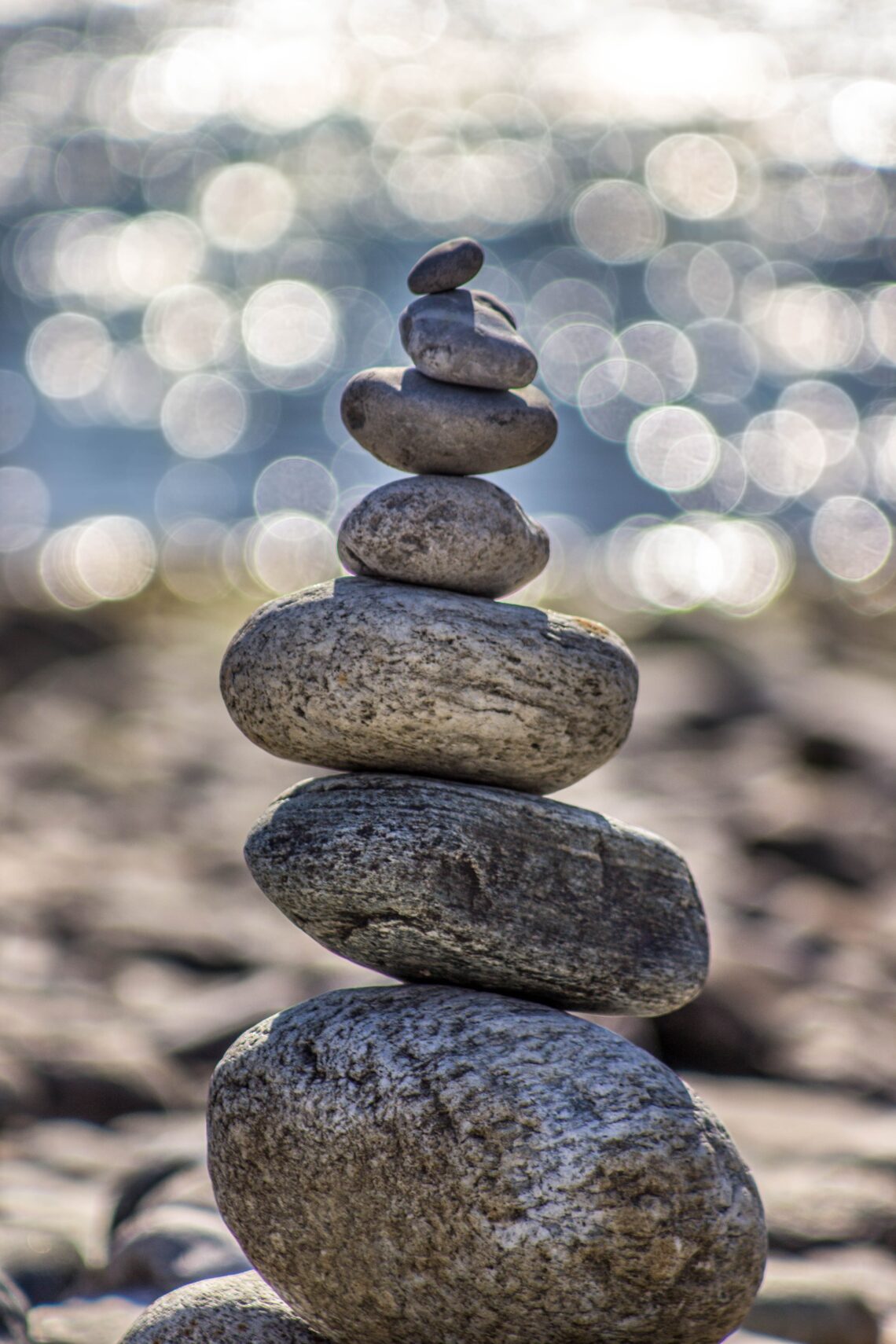Elevating Your Environment: The Impact of Home Design on Mood
The home is a place of refuge and solace, a place to relax and unwind after a long day. It is also a place to be productive and creative, and a place to entertain and spend time with family and friends. The design of a home can have a huge impact on the mood of the people who live there, and can make a huge difference in how they feel.
Home design is an important part of creating a space that is comfortable and inviting. From the colors and textures of the walls to the furniture and accessories, the design of a home can influence the mood of the people who live there. Color is one of the most important elements of home design, as it can affect the way people feel. Colors can evoke different emotions, from calming blues and greens to energizing reds and oranges. The placement of furniture and accessories can also influence the mood of a home, as it can create a sense of order and balance.
Lighting is another important element of home design, as it can affect the mood of the people who live there. Natural light is the best way to bring a sense of calm and relaxation to a home, while artificial light can create a more energizing atmosphere. The use of mirrors can also be beneficial, as they can reflect light and create a feeling of openness and spaciousness.
The use of plants and greenery can also have a positive effect on the mood of a home. Plants can bring a sense of life and energy to a space, while also providing a calming and peaceful atmosphere. Greenery can also help to purify the air, which can improve the overall health of the people who live there.
The use of texture is also important in home design, as it can create a sense of comfort and coziness. Soft fabrics, such as velvet and cashmere, can add a sense of warmth and luxury to a space, while hard surfaces, such as stone and tile, can create a more modern and contemporary feel. The use of texture can also help to create a sense of balance and harmony in a home.
Finally, the use of artwork and other decorative elements can have a huge impact on the mood of a home. Artwork can add a sense of personality and style to a space, while also providing a focal point for the room. Other decorative elements, such as sculptures and vases, can also add a sense of beauty and elegance to a home.
Home design can have a huge impact on the mood of the people who live there, and can make a huge difference in how they feel. From the colors and textures of the walls to the furniture and accessories, the design of a home can influence the mood of the people who live there. The use of color, lighting, plants, texture, and artwork can all help to create a space that is comfortable and inviting, and can help to elevate the mood of the people who live there.
The Psychology of Color for Interior Design is a great resource for learning more about how color can affect the mood of a home. How Lighting Affects Mood is another great resource for learning more about how lighting can influence the mood of a home. How Plants Affect Your Mood is a great resource for learning more about how plants can influence the mood of a home. The Importance of Texture in Interior Design is a great resource for learning more about how texture can influence the mood of a home. Finally, How Artwork Affects Your Mood is a great resource for learning more about how artwork can influence the mood of a home.
In conclusion, home design can have a huge impact on the mood of the people who live there, and can make a huge difference in how they feel. From the colors and textures of the walls to the furniture and accessories, the design of a home can influence the mood of the people who live there. The use of color, lighting, plants, texture, and artwork can all help to create a space that is comfortable and inviting, and can help to elevate the mood of the people who live there.








